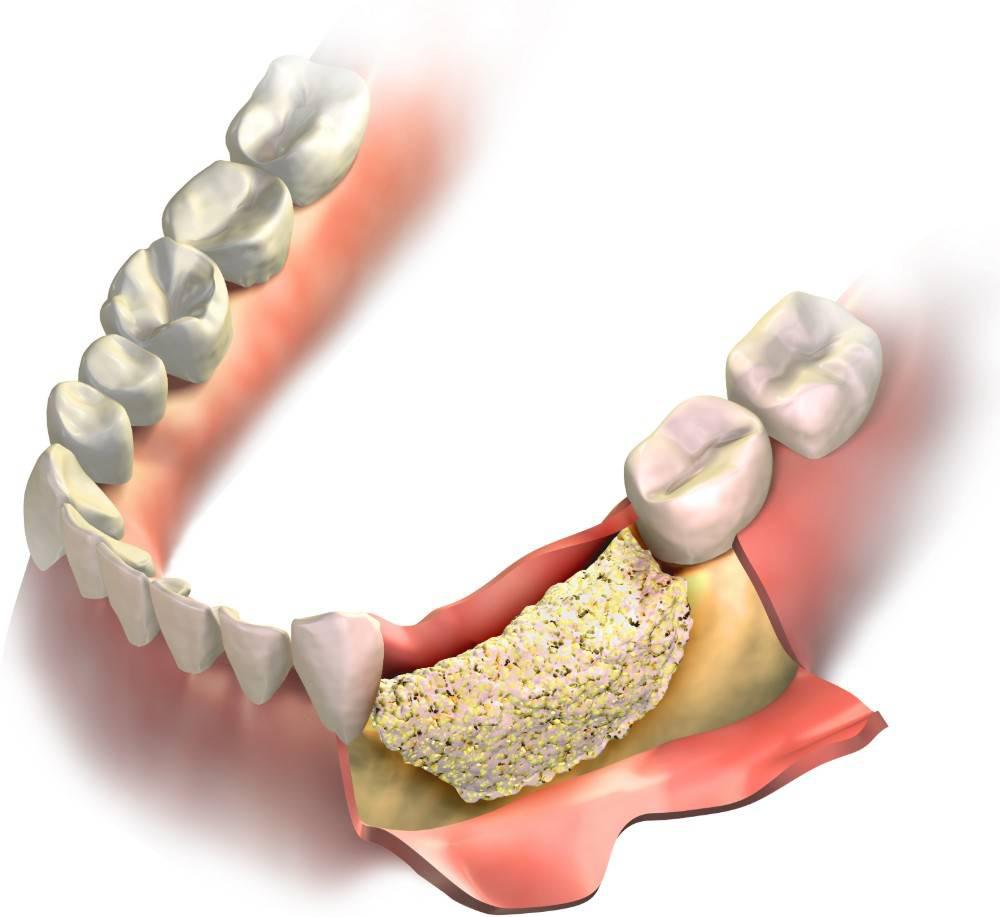
Imagine what our bodies would be like without bones. Bones give us structure, shape, and protect our organs and soft tissues. In your mouth, the bone that anchors your teeth—called the alveolar bone—keeps them stable and secure. The height, shape, and density of this specialized bone can be affected by gum disease, tooth extractions, or other injuries.
Once bone is lost around your teeth, it does not grow back on its own. However, in some cases, our dental team can use bone grafting materials to help encourage new bone growth. Every situation is unique, but there are now more solutions than ever to help repair and restore bone in the jaw. For instance, when a tooth is removed, it leaves a gap in the bone. Although this space can eventually fill in naturally, the area typically shrinks, which can threaten the bone supporting nearby teeth. Placing grafting materials at the time of extraction can help preserve bone levels for future treatment, such as dental implants.
Even if you’ve already experienced bone loss, certain specialized grafts can help rebuild areas of the jaw. It’s important to remember that bone damage caused by gum disease often results in significant defects around teeth. While some of these sites are candidates for grafting, many will have irreversible bone loss. The best way to protect your jawbone is to prevent and control gum disease with the Innovative Smiles team—prevention is far better for your health than relying on corrective surgery later.

